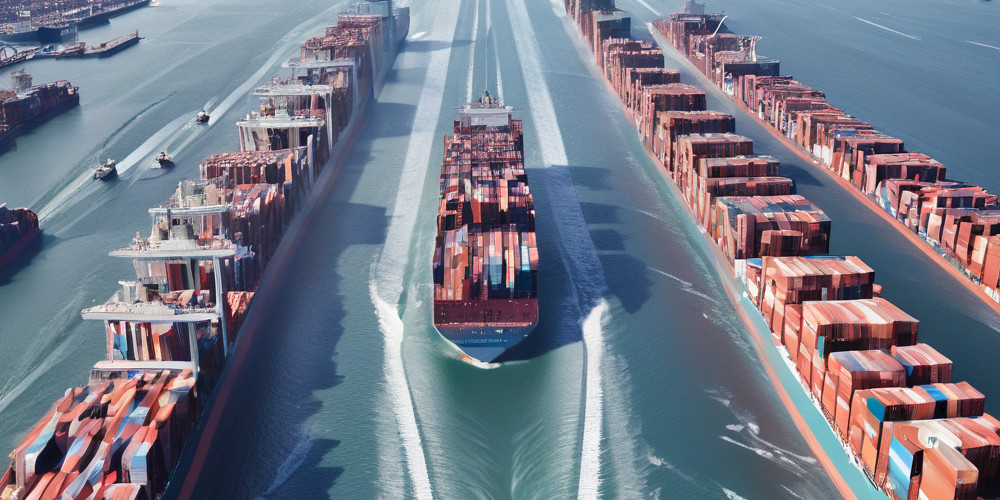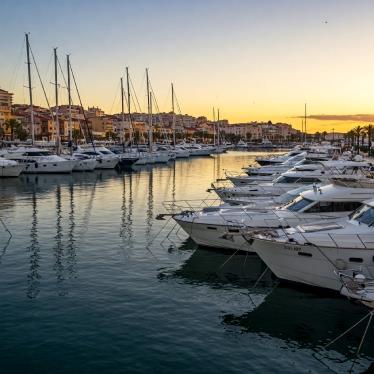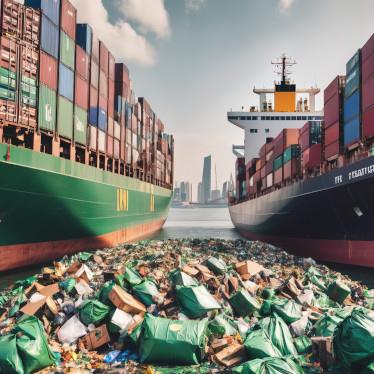
The maritime industry, a centuries-old catalyst for trade and cultural exchange, has undergone significant transformations over the last fifty years. This period has seen unprecedented changes in technology, regulation and global trade patterns, reshaping the maritime industry landscape.
Technological Developments
One of the most significant changes in the shipping industry is the advancement in technology. The container revolution, introduced by Malcolm McLean, began in the 1970s and fundamentally changed the way goods are transported and handled around the world. Containerization enabled cargo to be loaded, unloaded and handled more efficiently, greatly reducing transportation times and costs.
In the following years, technological innovations such as satellite communications, GPS navigation and automated port equipment further revolutionized maritime operations. Today, digitalization and the Internet of Things (IoT) are shaping smart shipping, improving ship connectivity, fuel efficiency and navigational safety.
Ship Design and Size
The last fifty years have witnessed a dramatic increase in the size of ships, a phenomenon known as 'economies of scale'. Very Large Crude Carriers (VLCCs) and Ultra Large Container Vessels (ULCVs) have transformed the economics of maritime transportation, allowing more goods to be shipped at lower costs. However, the increase in vessel size has also required the expansion and upgrading of port infrastructure around the world to accommodate these giants of the seas.
Environmental Regulations and Sustainability
Environmental concerns have gained importance in the maritime industry, leading to stricter regulations and a move towards sustainability. In the early days, little attention was paid to the environmental impacts of maritime activities. However, over the years, the industry has seen the introduction of regulations aimed at reducing marine pollution, greenhouse gas emissions and ballast water discharges.
Initiatives such as the International Maritime Organization's (IMO) 2020 Sulphur Cap, Marine Pollution Protocol (MARPOL) and Ballast Water Management Convention reflect the industry's growing commitment to environmental management. The shift to cleaner fuels such as LNG and the exploration of renewable energy sources such as wind and solar power for shipping are evidence of the shipping industry's efforts to reduce its carbon footprint.
Globalization and Changing Trade Patterns
The last five decades have seen significant changes in global trade patterns that have impacted maritime logistics and port development. The rise of China as a global manufacturing hub, the expansion of the European Union and the increase in inter-Asian trade have reshaped shipping routes and demand for maritime transport.
The opening of new gateways, such as the expanded Panama Canal and the potential for the Northern Sea Route, have also impacted maritime logistics, offering new routes that reduce transit times between major trade hubs.
Security and Regulation
Safety in the maritime industry has always been a concern, but significant progress has been made in the last fifty years. The adoption of the International Safety Management (ISM) Code, the International Ship and Port Facility Security (ISPS) Code and the Standards of Training, Certification and Watchkeeping for Seafarers (STCW) Convention have improved maritime safety and security standards.
The industry has also become more regulated to protect the interests of seafarers, and conventions and policies to improve living and working conditions on board ships have emphasized the human element in maritime activities.
The maritime industry has experienced profound changes over the last fifty years through technological innovations, regulatory changes and shifts in global trade dynamics. These transformations have made maritime transportation more efficient, safer and environmentally friendly. As the sector continues to navigate the challenges and opportunities of the 21st century, it remains a vital artery for global trade, demonstrating its flexibility and adaptability in an ever-changing world. The maritime sector's journey is a testament to the human ingenuity and relentless pursuit of progress that is shaping the future of global trade and connectivity.


